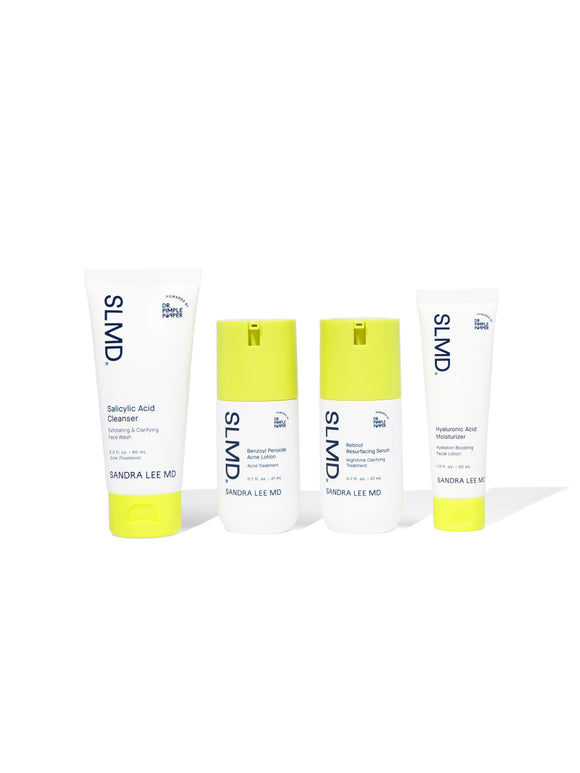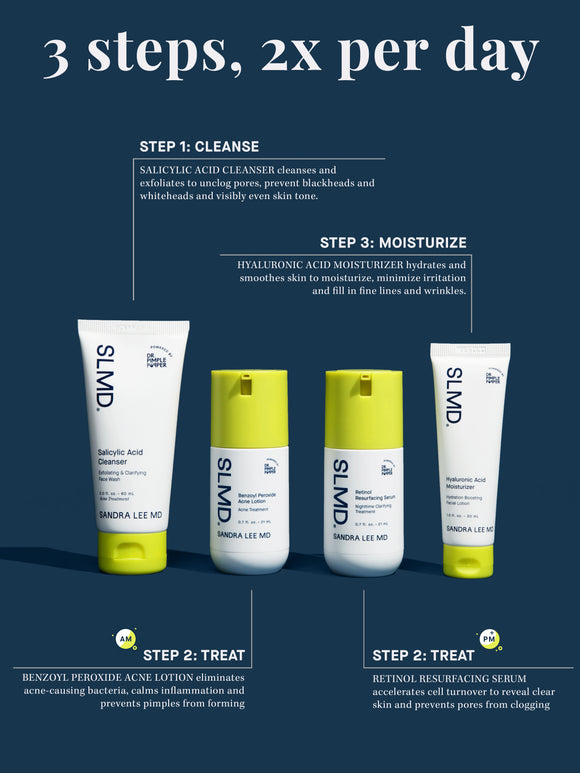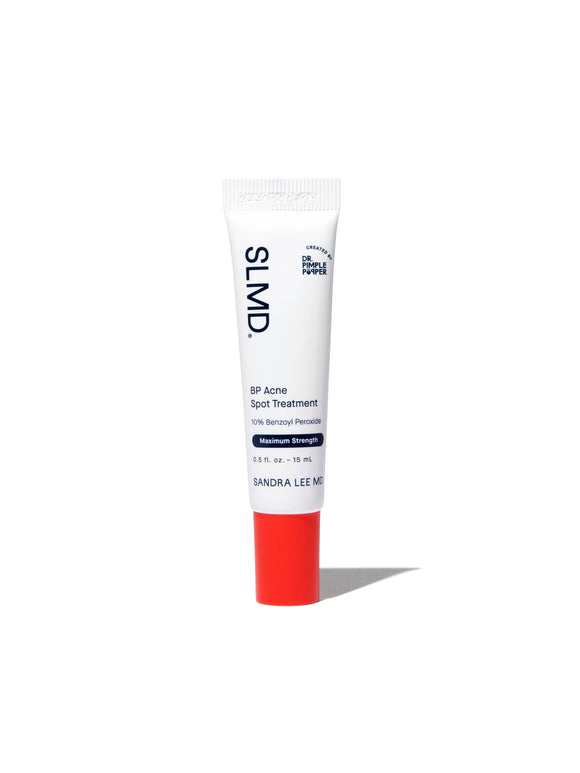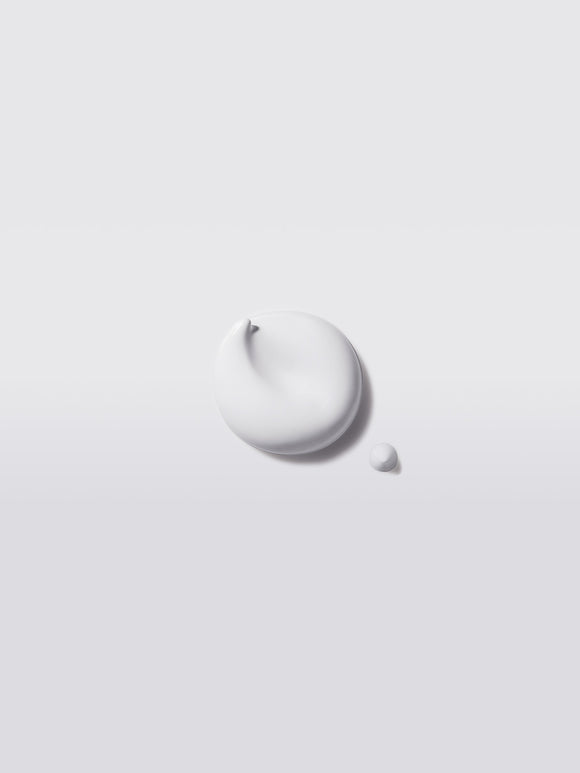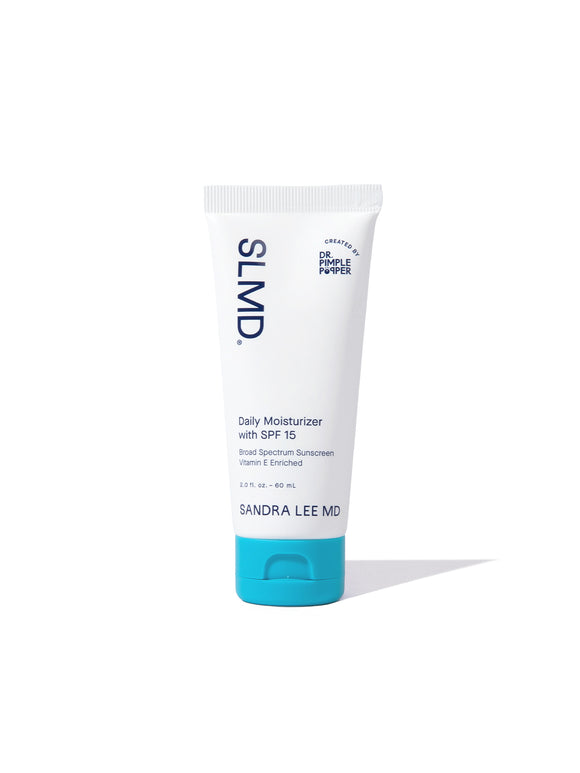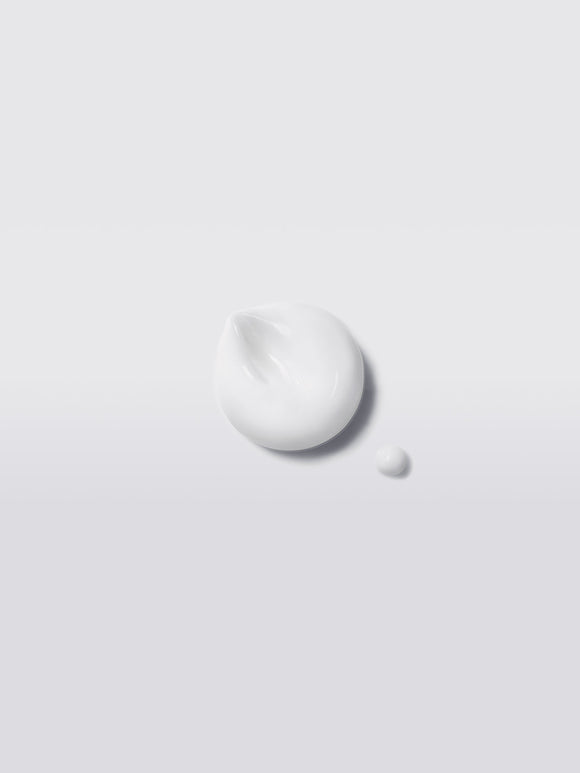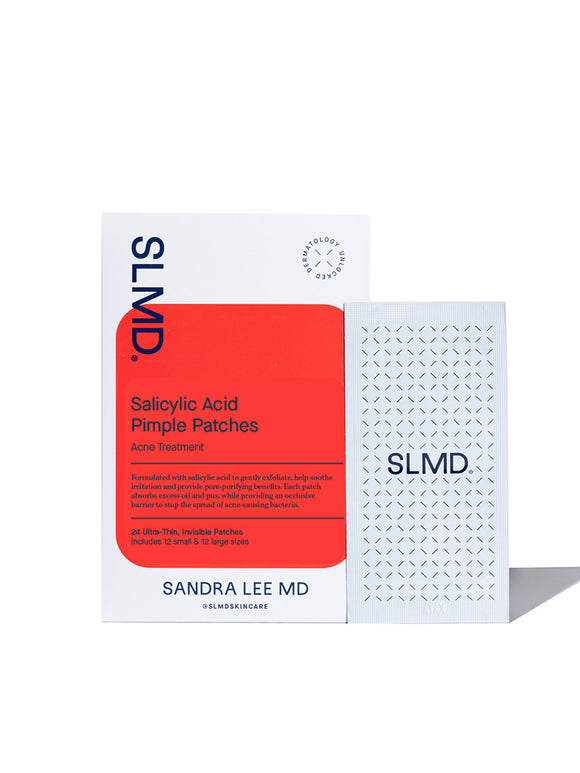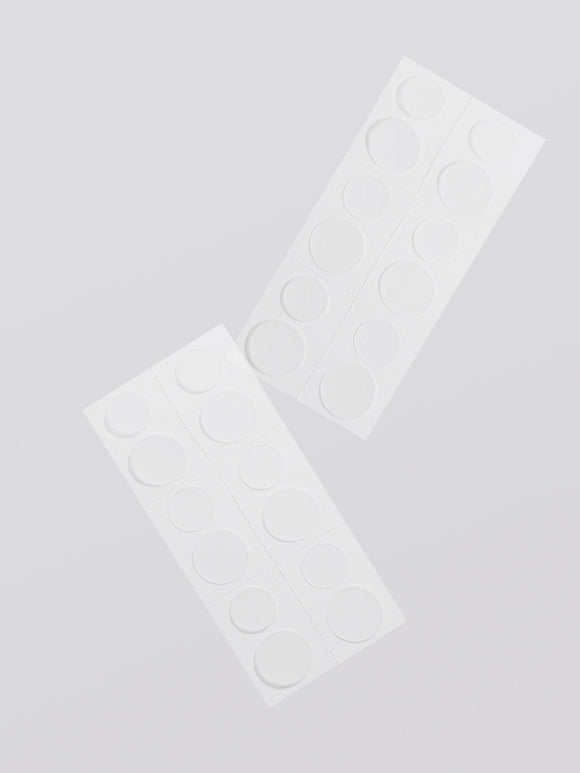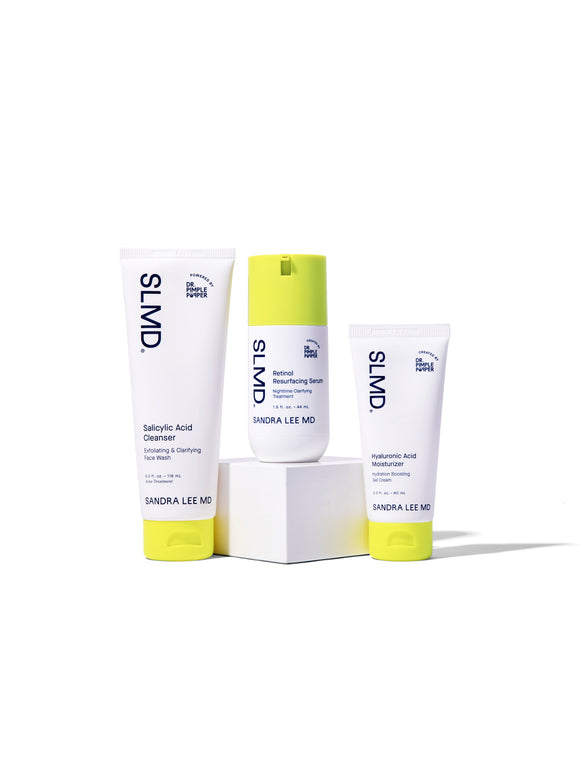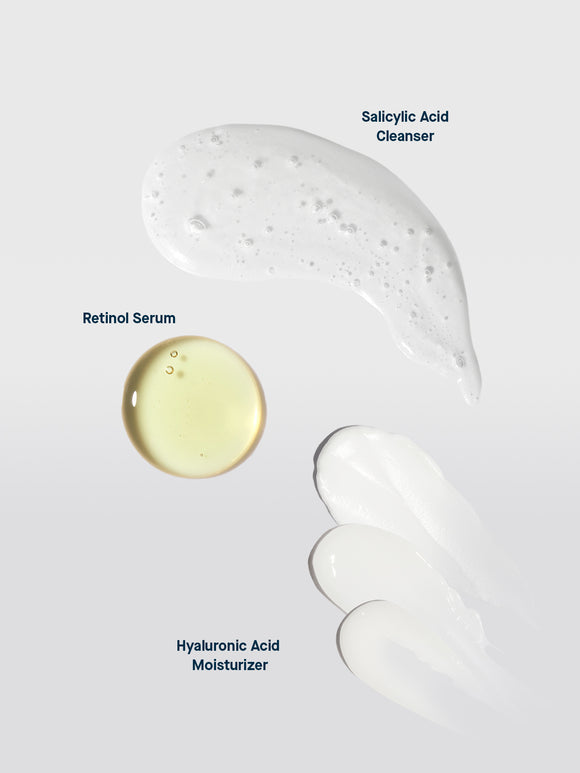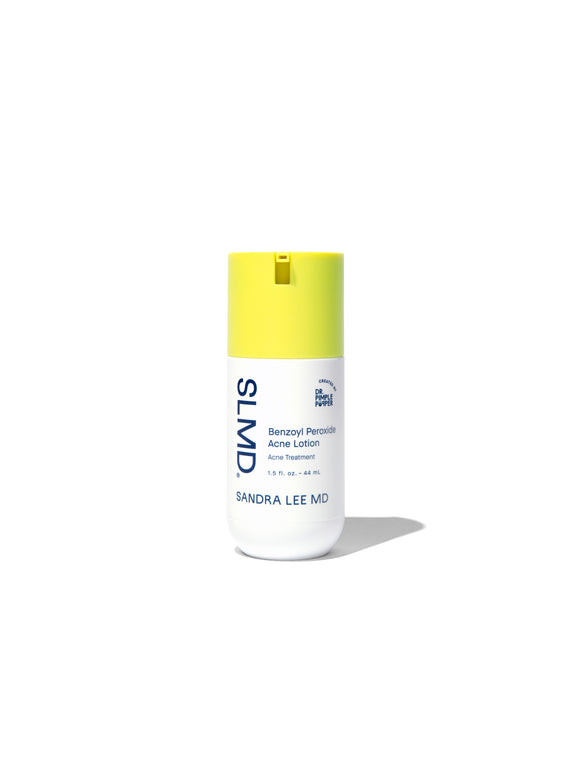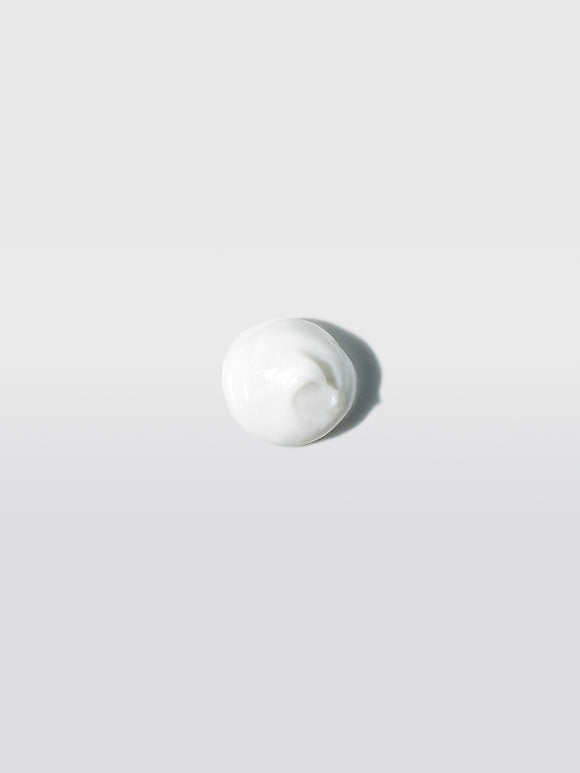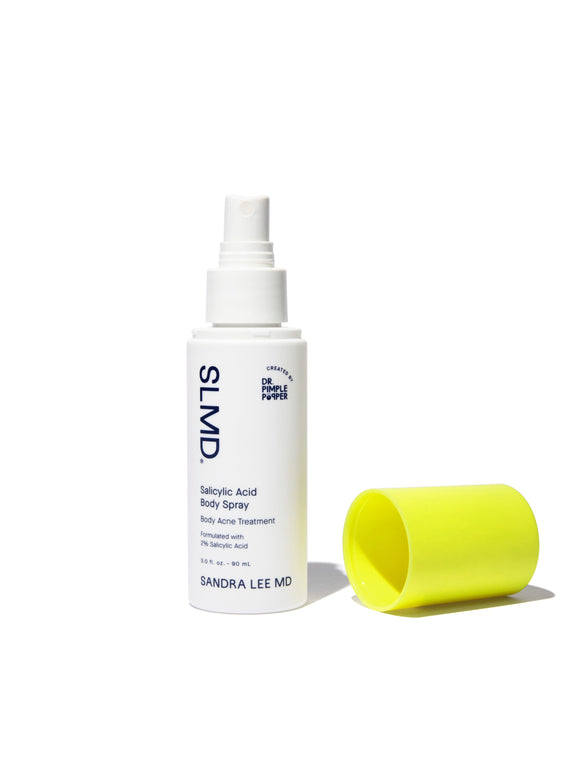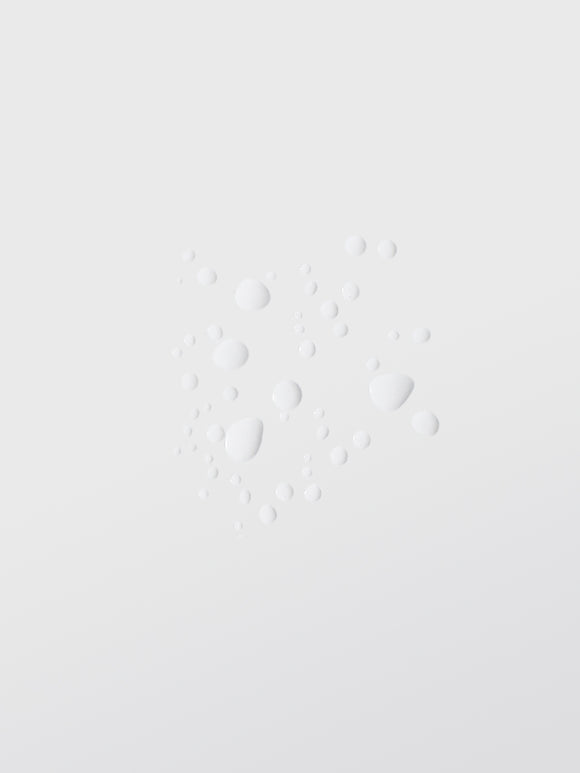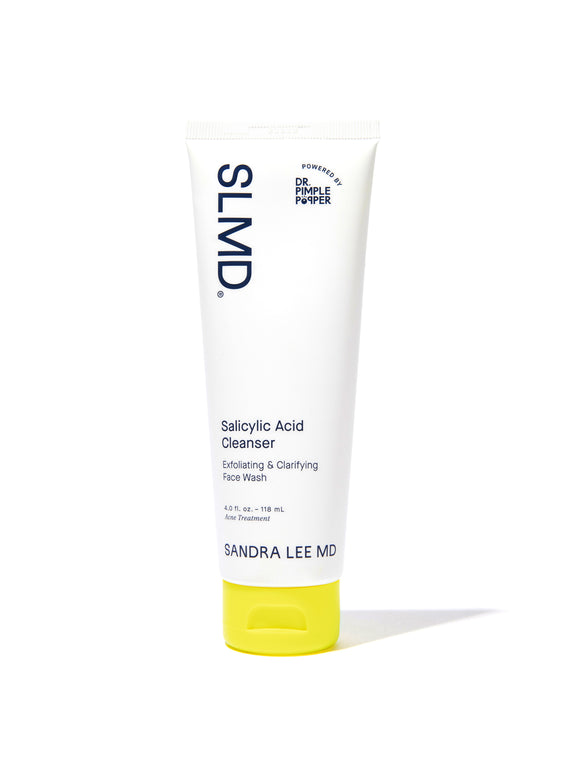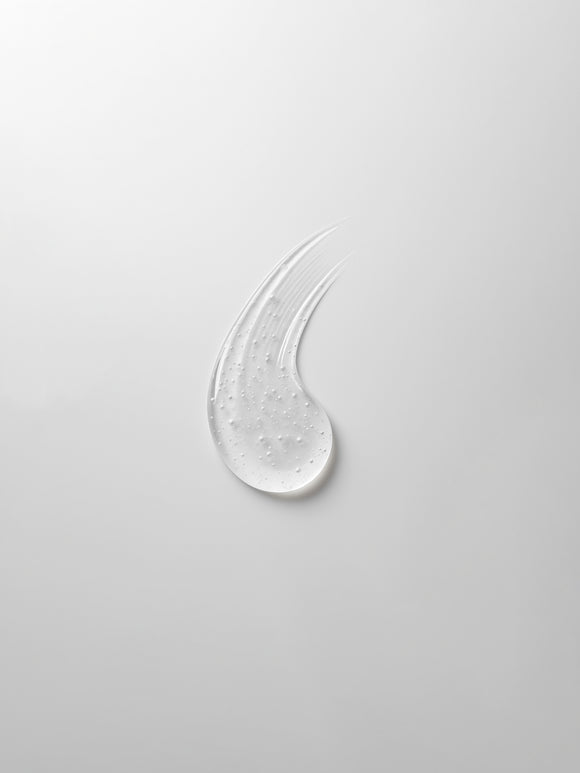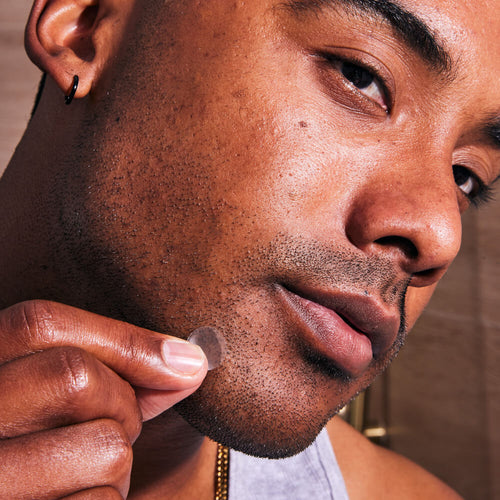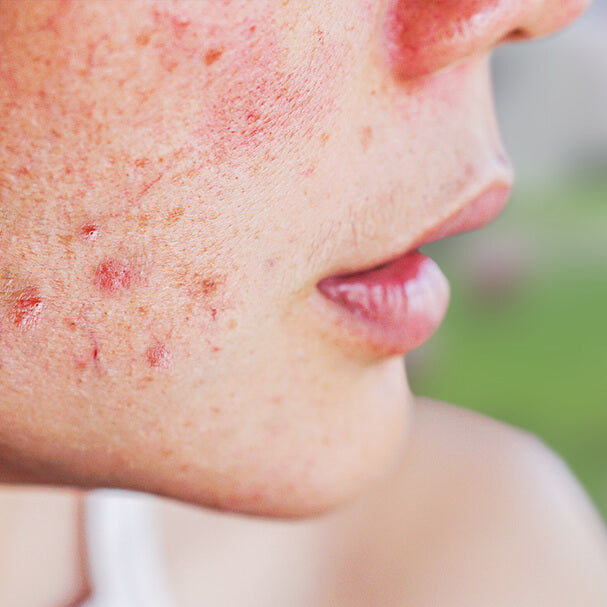
Spring Skincare for Acne-Prone Skin: How to Prevent Breakouts
Small changes to your routine can make a big impact on reducing springtime acne flare-ups, says Dr. Pimple Popper.
Published:
3 minute read
Warmer weather means it’s time for a skincare refresh — but if you’re acne-prone, the seasonal shift can be tricky. Higher temperatures, increased humidity, and more sun exposure can throw your skin off balance, leading to more acne breakouts, oiliness, and irritation.
To help ease the transition, Sandra Lee, MD (aka Dr. Pimple Popper) shares her top dermatologist-approved tips for managing acne-prone skin in spring.
How warmer weather affects acne-prone skin
Seasonal changes can significantly impact your skin, especially if you’re prone to breakouts. Here’s what happens when temperatures rise:
-
Increased sweat & oil: More heat means more sweat and sebum production, which can clog pores and trigger breakouts.
-
Inflammation & UV exposure: The sun’s
UV rays create free radicals, which can worsen acne inflammation and trigger
post-inflammatory hyperpigmentation (PIH).
-
Changes in hydration: Sweat and sun exposure can cause moisture loss, leading to dehydrated skin — making it compensate by producing even more oil.
Dr. Pimple Popper's Springtime Acne Solutions
Dr. Lee’s top tips for acne-prone skin in spring
Though everyone’s skin is different, Dr. Lee says that most of her acne-prone patients can benefit from a few skincare swaps and lifestyle changes to ease the transition from wintertime. If you’re already on a regular regimen like SLMD Acne System, keep it up — because consistency is important. Add in these suggestions and as always, listen to your skin.
#1 Exfoliate
Shedding winter dullness is key to clearer skin — but too much exfoliation can backfire. A combination of salicylic acid (to unclog pores) and glycolic acid (to remove dead skin cells) helps prevent acne without causing irritation and damaging the skin barrier.
If you’re new to exfoliating, start 2–3 times per week and adjust as needed. As temperatures rise, your skin may become more sensitive, so listen to how it responds and dial back if you notice redness or irritation.
SLMD Skincare to try: Salicylic Acid Cleanser, AHA/BHA Swipes
#2 Target breakouts with spot treatments
Spring breakouts can appear unexpectedly, so having an effective spot treatment in your routine is key. Ingredients like benzoyl peroxide and salicylic acid help reduce inflammation and kill acne-causing bacteria — speeding up healing time. For best results, apply your treatment as soon as you feel a breakout forming, and avoid picking or touching the area to prevent further irritation.
SLMD Skincare to try: Salicylic Acid Pimple Patches, SA Acne Spot Treatment, BP Acne Spot Treatment
#3 Sunscreen is non-negotiable
Sunscreen isn’t just about sunburn — it’s a must for acne-prone skin, no matter your skin tone. UV exposure worsens post-acne dark spots (PIH) and triggers inflammation, making breakouts more persistent. Look for a lightweight SPF that won’t clog pores or cause irritation. Apply every morning, even on cloudy days, and reapply if you’re sweating or spending extended time outdoors.
SLMD Skincare to try: Daily Moisturizer with SPF 15
#4 Plan ahead
Beyond skincare, a few simple lifestyle tweaks can help keep your skin clear this season:
- Change your pillowcases weekly: Fabric traps oil, bacteria, and sweat, leading to clogged pores.
- Avoid heavy hair products: Styling products with oils or waxes can transfer to your skin and trigger breakouts.
- Go makeup-free when you can: Cosmetic ingredients can increase the risk of clogged pores — giving your skin a break can help.
- Keep acne spray on hand: Stash in your bag to spritz the inside of masks, hats, or sweaty areas to help prevent breakouts on-the-go.
FAQs about springtime acne skincare
Q: How often should I exfoliate in warmer weather?
A: It depends on your skin type, but most acne-prone skin benefits from exfoliating 2-3 times per week with a gentle chemical exfoliant. Learn more in our blog, How Often Should You Exfoliate?
Q: Can I use acne treatments and sunscreen together?
A: Yes! Just apply your acne treatment first, let it absorb, then follow with a lightweight, non-comedogenic sunscreen.
Q: Should I change my moisturizer for spring?
A: If your skin feels oilier in warmer weather, switch to a lighter, oil-free moisturizer to avoid clogged pores.

Dr. Lee's Last Word
Spring can be tough on acne-prone skin, but the right skincare routine can help keep breakouts under control. Keep exfoliating, use lightweight products, and always wear sunscreen. Small adjustments can make a big difference in keeping your skin clear this season.



